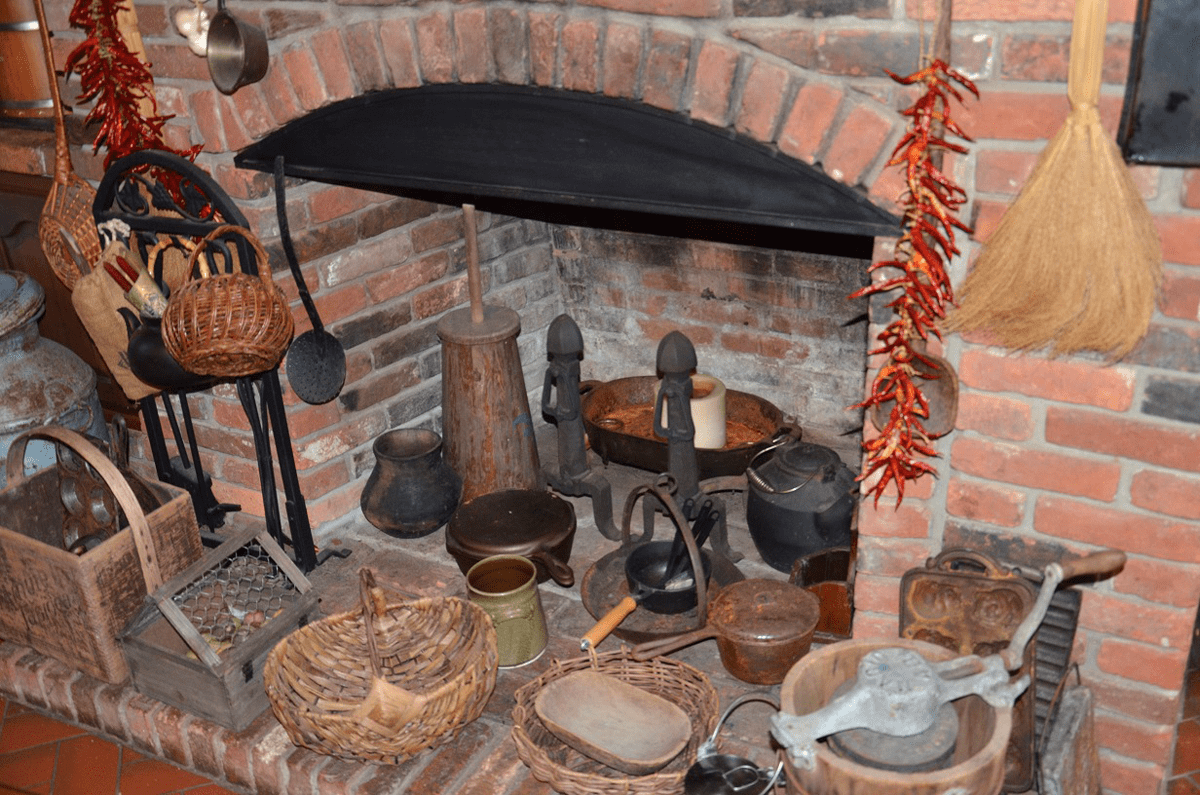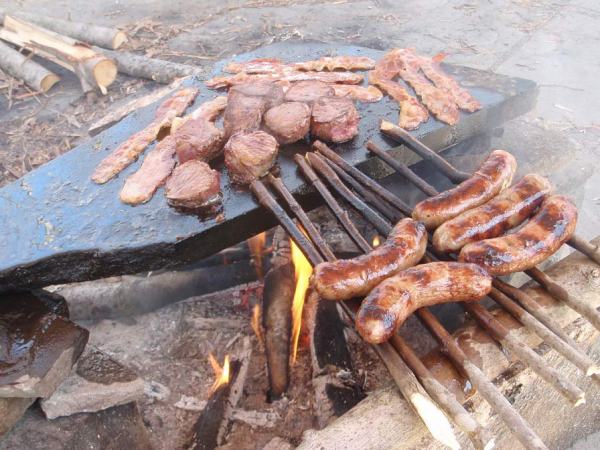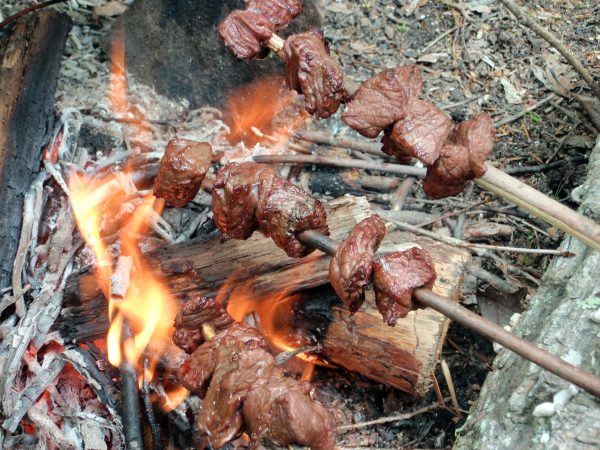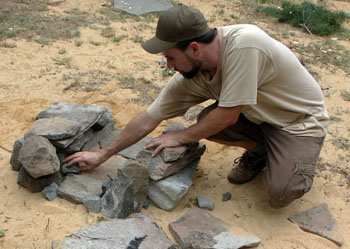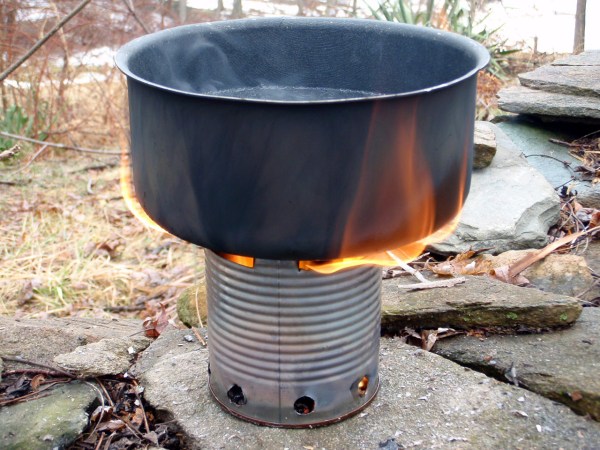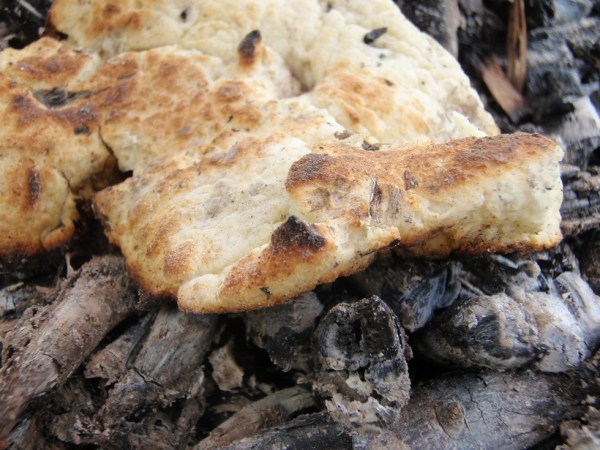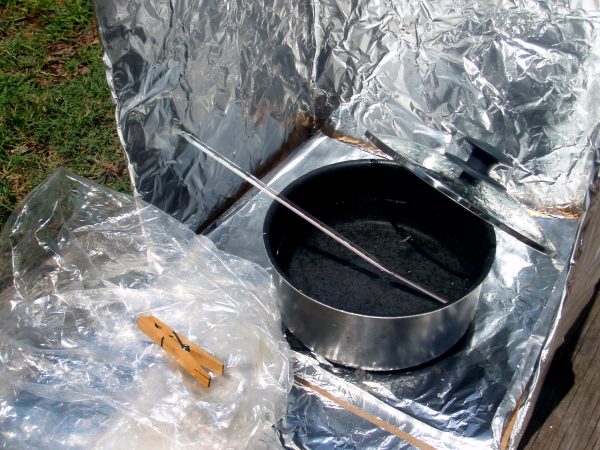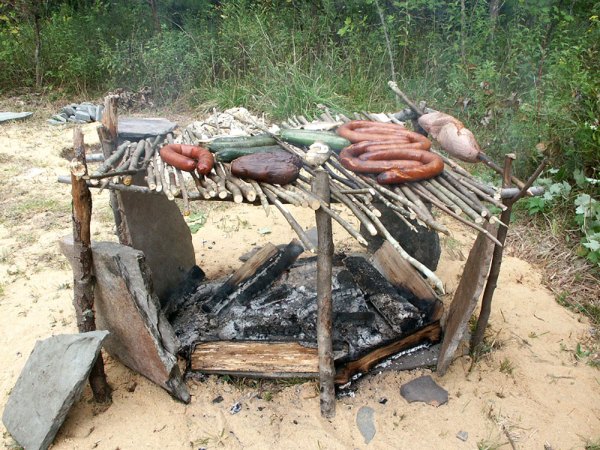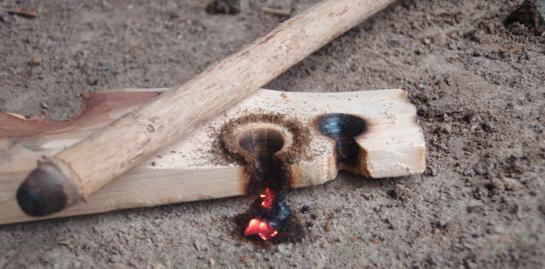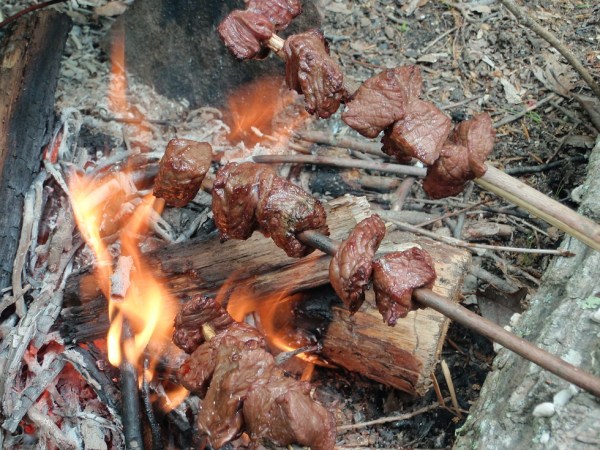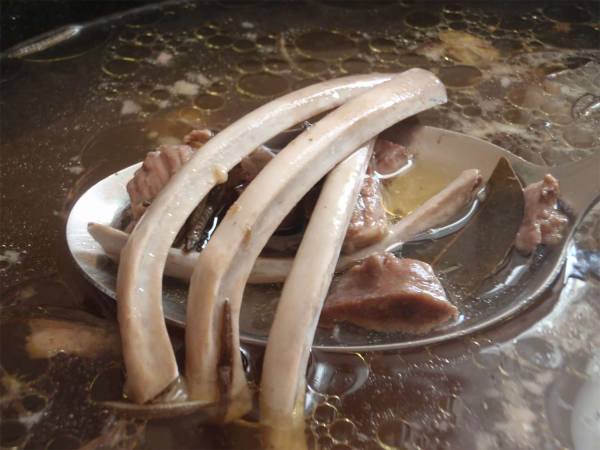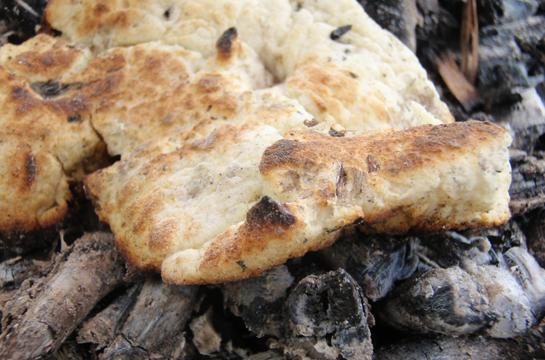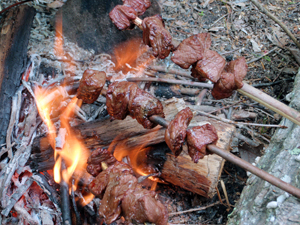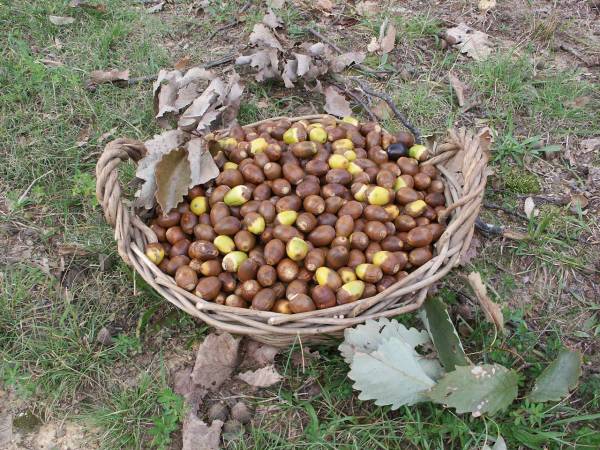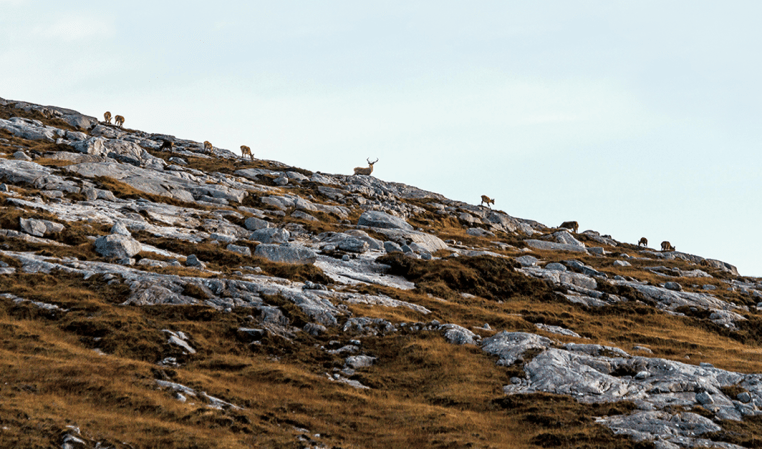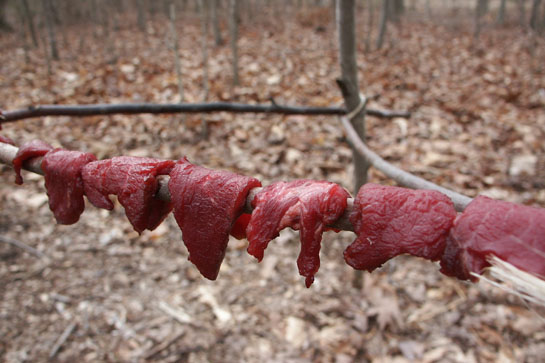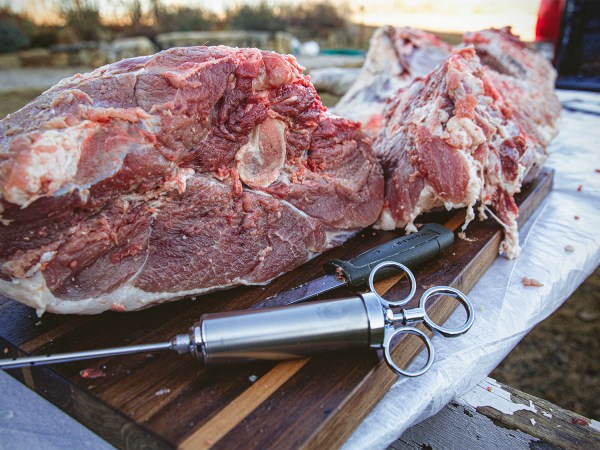The home hearth has always provided heat and several modes of cooking. And even in modern times, a properly maintained fireplace can provide home heating and allow you to cook if the utilities go out during the winter. Make sure the fireplace and chimney are clean, safe and ready to use—and they just might come in handy this winter.
1. Heat With Your Hearth
The humble fire place is the fixture in your home where you confine an open fire. While a woodstove is safer because the fire is contained, the hearth can do a reasonably safe job holding the fire that provides both your heat and light when normal sources of these become interrupted. Before each winter, your flue and chimney should be cleaned and inspected for safety. Chimney fires are no joke. They can lead to house fires, which would be the last thing you need to occur during a winter emergency. Keep an ample supply of split dry firewood, kindling, paper and fire starters for your hearth. And make sure that responsible family members all know how to build a fire and use the fireplace safely.
2. Learn Hearth Cooking
For centuries, people have cooked in their home fireplaces, and these historic techniques still work today with the right equipment.
Try A Dutch Oven // The same Dutch ovens used for campfire cooking can be used in a fireplace to cook. Once a bed of coals is built up, nestle the covered pot of food in the embers and use a fireplace shovel to place some coals on the lid. Replace the coals on top of the Dutch oven as they burn down to ash. Bake or broil foods for lengths of time comparable to oven baking.
Use Spits and Kabobs // Cooking meat on spits, skewers and hooks was very popular in Medieval times. There was even a breed of tiny dog which was used turn hearth spits by running in wheel-shaped cages. You can avoid the need for a rotisserie motor or small dog in a hamster-wheel by turning the rods yourself every 5 to 10 minutes. Use metal rods to impale food and suspend them with wire over the flames of your fire.
Skip the Bad Woods // As you cook food and burn a fire, use caution when selecting the wood you burn. Pressure treated lumber, painted wood and other potentially hazardous woods should not be burned for cooking, as their smoke can be toxic.
Have you cooked your meals or heated your home with a fire place? Tell us your story by leaving a comment.
